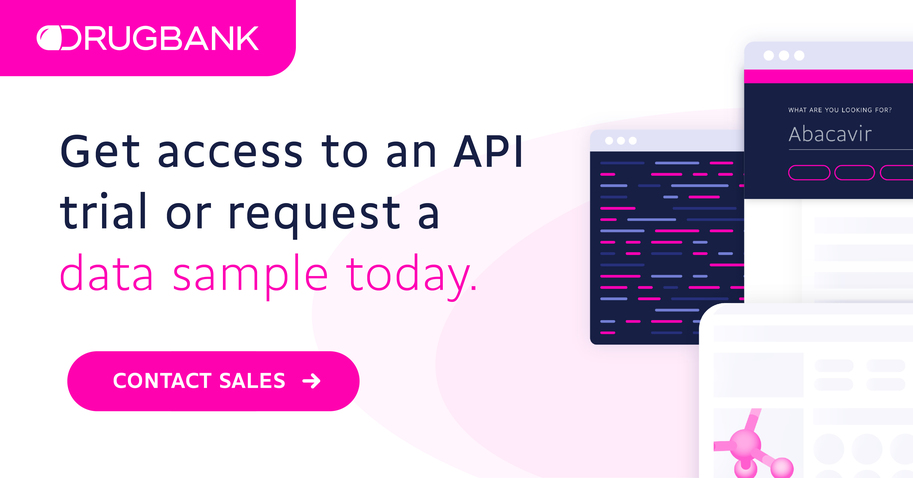Drug Binding
Each drug can have one or more targets, enzymes, transporters, and carriers associated with it. Here are the definitions for these different relationships:
Target
A protein, macromolecule, nucleic acid, or small molecule to which a given drug binds, resulting in an alteration of the normal function of the bound molecule and a desirable therapeutic effect. Drug targets are most commonly proteins such as enzymes, ion channels, and receptors.
Enzyme
A protein which catalyzes chemical reactions involving the a given drug (substrate). Most drugs are metabolized by the Cytochrome P450 enzymes.
Transporter
A membrane bound protein which shuttles ions, small molecules or macromolecules across membranes, into cells or out of cells.
Carrier
A secreted protein which binds to drugs, carrying them to cell transporters, where they are moved into the cell. Drug carriers may be used in drug design to increase the effectiveness of drug delivery to the target sites of pharmacological actions.
Targets, Enzymes, Carriers, And Transporters may switch roles depending on the drug to which they bind. Some drugs specifically target transporters, and in this case a transporter can also be the target (for example: Procaine targeting the Sodium-dependent dopamine transporter).








